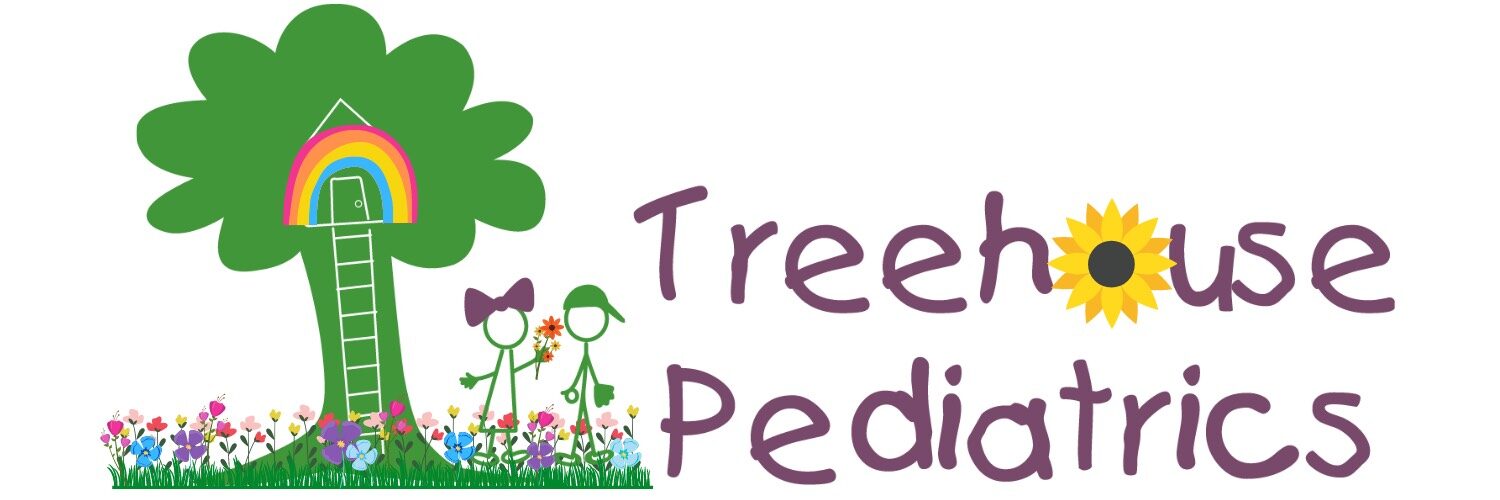What to do if a child or adolescent who is active in sports and/or physical activity tests positive for SARS-CoV-2?
All children and adolescents who test positive for SARS-CoV-2 should notify their pediatrician. For a child or adolescent who is SARS-CoV-2–positive who is either asymptomatic or mildly symptomatic (<4 days of fever >100.4°F, <1 week of myalgia, chills, and lethargy) a phone or telemedicine visit with the pediatrician is recommended, at a minimum, so appropriate guidance can be given to the family. All individuals should be instructed on proper isolation (duration and restricting exposure to other people within the house) and the importance of not exercising while in isolation. The SARS-CoV-2 infection should be documented within the individual’s medical record.
Recent literature has reported a much lower incidence of myocarditis, 0.5% to 3%, than earlier in the pandemic. Children and adolescents who were found to have myocarditis were in the asymptomatic or mildly symptomatic category. Therefore, the phone/telemedicine visit should include appropriate questions about chest pain, shortness of breath out of proportion for upper respiratory tract infection, new-onset palpitations, or syncope. Any child or adolescent who reports these signs/symptoms should have an in-office visit that includes a complete physical examination, and consideration for an EKG should be given prior to clearance to return to physical activity.
For those with moderate symptoms of COVID-19 (≥4 days of fever >100.4°F, ≥1 week of myalgia, chills, or lethargy, or a non-ICU hospital stay and no evidence of multisystem inflammatory syndrome in children [MIS-C]), an evaluation by their primary care physician (PCP) is recommended. People who test positive for SARS-CoV-2 should not exercise until they are cleared by a physician. PCP evaluation is currently recommended after symptom resolution and completion of isolation. The PCP will review the American Heart Association 14-element screening evaluation with special emphasis on cardiac symptoms including chest pain, shortness of breath out of proportion for upper respiratory tract infection, new-onset palpitations, or syncope and perform a complete physical examination and an EKG. If cardiac workup is negative, gradual return to physical activity may be initiated after 10 days have passed from the date of the positive test result, and a minimum of 10 days of symptom resolution has occurred off fever-reducing medicine. If cardiac sign/symptom screening is positive or EKG is abnormal, referral to a cardiologist is recommended. The cardiologist may consider ordering a troponin test and an echocardiogram at the time of acute infection. Depending on the patient’s symptoms and their duration, additional testing including a Holter monitor, exercise stress testing, or cardiac magnetic resonance imaging (MRI) may be considered. If cardiac workup is negative, gradual return to physical activity may be allowed after 10 days have passed from the date of the positive test result, and a minimum of 10 days of symptom resolution has occurred off fever-reducing medicine.
For children and adolescents with severe COVID-19 symptoms (ICU stay and/or intubation) or MIS-C, it is recommended they be restricted from exercise for a minimum of 3 to 6 months and obtain cardiology clearance prior to resuming training or competition. Coordination of follow-up cardiology care should be arranged prior to hospital discharge. Other testing may be ordered based on the child or adolescent’s signs and symptoms.
For children and adolescents with a history of SARS-CoV-2 infection who have already advanced back to physical activity/sports on their own and do not have any abnormal signs/symptoms, no further workup is necessary. It is recommended that these children and adolescents update their pediatrician’s office via a phone call to ensure the history of SARS-CoV-2 infection is added to their medical record.
After testing positive for SARS-CoV-2, how should children and adolescents return to physical activity and/or sports?
The AAP recommends not returning to sports/physical activity until children or adolescents have completed isolation, the minimum amount of symptom-free time (as outlined above) has passed, they can perform normal activities of daily living, and they display no concerning signs/symptoms. All children younger than 12 years may progress back to sports/physical education classes according to their own tolerance. For children and adolescents 12 years and older, a graduated return-to-play protocol is recommended. The progression should be performed over the course of a 7-day minimum. Consideration for extending the progression should be given to children and adolescents who experienced moderate COVID-19 symptoms, as outlined above.
All children and adolescents and their parents/caregivers should be educated to monitor for chest pain, shortness of breath out of proportion for upper respiratory tract infection, new-onset palpitations, or syncope when returning to exercise. If any of these signs and/or symptoms occur, the AAP recommends immediately stopping exercise and the athlete should see their pediatrician for an in-person assessment. Consideration should be given for pediatric cardiology consultation.


